Tech Stack for Startups: Building a Scalable Foundation
When launching a startup, one of the most crucial decisions founders must make is selecting the right tech stack. The tech stack is the combination of programming languages, frameworks, tools, and software that developers use to build and run an application or project. Choosing the right tech stack for startups can be the difference between scalable growth and expensive technical debt.
What Is a Tech Stack?
A tech stack, short for technology stack, is a collection of software technologies used to develop applications. It typically includes both frontend and backend tools, as well as databases and development environments. A tech stack generally comprises four layers:
- Frontend (Client-side): The part users interact with directly.
- Backend (Server-side): The logic and operations behind the scenes.
- Database: Where application data is stored and retrieved.
- DevOps/Infrastructure: Tools for deployment, monitoring, and performance.
Why Choosing the Right Tech Stack Matters
Startups operate in a fast-paced environment where agility, scalability, and cost-efficiency are critical. Choosing the wrong tech stack can lead to:
- Increased development time
- Limited scalability
- Difficulty in hiring developers
- Higher maintenance costs
On the other hand, the right tech stack enables faster MVP (Minimum Viable Product) development, simplifies scaling, and enhances performance.
Popular Tech Stacks for Startups
Let’s explore some common tech stacks that startups use to build modern applications:
1. MERN Stack (MongoDB, Express.js, React, Node.js)
The MERN stack is a popular choice among startups due to its JavaScript-based components, which streamline development. React provides a responsive frontend interface, Node.js and Express.js handle backend logic, and MongoDB stores data in a flexible NoSQL format.
Benefits:
- Full-stack JavaScript
- Strong community support
- Highly scalable and flexible
2. LAMP Stack (Linux, Apache, MySQL, PHP)
The LAMP stack is one of the oldest and most reliable tech stacks. It’s open-source and has been used for years to build dynamic websites and web applications.
Benefits:
- Cost-effective and stable
- Extensive documentation
- Well-suited for small to medium-scale projects
3. MEAN Stack (MongoDB, Express.js, Angular, Node.js)
Similar to MERN, the MEAN stack swaps React for Angular. Angular is a robust framework developed by Google, offering advanced features like two-way data binding and dependency injection.
Benefits:
- Full JavaScript development
- Modular architecture
- Strong performance with Angular
4. JAMstack (JavaScript, APIs, Markup)
JAMstack is a modern web development architecture based on decoupling the frontend from the backend. It relies on pre-rendered markup and APIs for functionality, making it highly performant and secure.
Benefits:
- High performance and speed
- Enhanced security
- Great for static sites and headless CMS integrations
Essential Tools in a Startup Tech Stack
Frontend Technologies
Frontend development deals with the user interface and user experience. Key technologies include:
- HTML/CSS: The building blocks of web pages
- JavaScript: Programming language for interactivity
- React, Vue.js, Angular: Modern frameworks for scalable and dynamic UIs
Backend Technologies
Backend development powers the application logic and data processing. Startups often use:
- Node.js: JavaScript runtime for building fast and scalable apps
- Python (with Django or Flask): Known for simplicity and speed
- Ruby on Rails: Convention over configuration, great for MVPs
- Java or .NET: Enterprise-level applications
Databases
Choosing the right database depends on the nature of your data:
- MongoDB: NoSQL database, great for flexible data models
- PostgreSQL: Powerful, open-source relational database
- MySQL: Traditional relational database, widely used and well-documented
- Firebase: Real-time NoSQL database with authentication and hosting
DevOps & Hosting
Deployment, scalability, and uptime are crucial for startups. Tools include:
- Docker: Containerization for consistent environments
- Kubernetes: Container orchestration
- AWS/GCP/Azure: Cloud platforms offering infrastructure and managed services
- Vercel/Netlify: Popular for JAMstack and frontend deployment
How to Choose the Right Tech Stack for Your Startup
Choosing the right stack involves multiple considerations. Here’s what startups should keep in mind:
1. Project Requirements
Define your core functionality, data structure, and scalability needs. For instance, a real-time chat app may benefit from Node.js and Firebase.
2. Team Expertise
Start with what your team knows. Speed and familiarity often outweigh marginal performance gains from unfamiliar tools.
3. Community and Documentation
Use technologies with strong communities and clear documentation to reduce development time and troubleshoot issues faster.
4. Budget Constraints
Open-source technologies reduce upfront costs. Cloud services with free tiers (e.g., Heroku, Firebase) are great for MVPs.
5. Scalability and Flexibility
Think long-term. Choose a stack that can scale with your user base and adapt to changing requirements.
Conclusion
Selecting the ideal tech stack for startups can feel overwhelming, but with a clear understanding of your project’s needs and goals, the decision becomes easier. Whether you’re building a simple MVP or a full-scale SaaS product, the right combination of tools and technologies will provide the foundation for long-term success. Start small, build iteratively, and choose a tech stack that grows with your vision.
